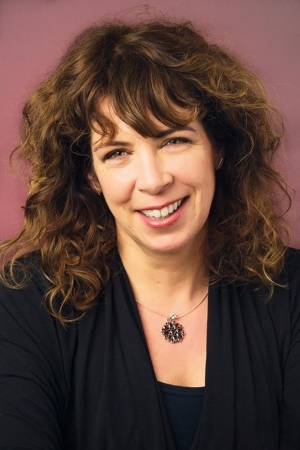Five weeks into my stint with COVID-19, I awoke to the thought that maybe you can die from exhaustion.
Lying in bed, I felt for my phone and googled “Can you die of,” and then stopped. I was afraid of what I would find if I completed the query.
Normally, I have a strict policy against googling things medical, because all roads lead to imminent death. But in those early days of the pandemic, doctors had precious few answers. You took them where you could find them.
I was reassured, as my search hung there, suspended, that the word “exhaustion” did not appear in the autocomplete section — as if that were a measure of anything. People, it seems, worry more about dying of a broken heart, boredom, laughter, hunger in Minecraft, old age, pain and sadness. Fair enough.
COVID-19 is unpredictable — that is its hallmark. The variety I had was like running an ultramarathon and then being strapped to a bucking bronco for six months, not knowing whether you would be thrown clear or trampled to death. The exhaustion was otherworldly.
Much has gone viral alongside COVID-19. I missed the sourdough days, but I do Wordle religiously. And I have become acquainted with Noodle, the TikTok pug behind the expression “no bones day.”
Every morning, Noodle’s human lifts him to his paws as a kind of energy litmus test. Some mornings, known as “bones days,” Noodle remains standing. On “no bones days,” the pug sinks back to the bed, all soft tissue and fur. All puppet, no hand.
I would self-administer a similar test every morning in bed when I was sick. I would stretch, not theatrically, arms in a V, fists balled, eager to greet the day. My test stretch was imperceptible, the slightest tensing and release invisible to the naked eye.
More often than not, I did not have the strength to contract any muscle, and that was my bellwether for the day. Muscles or no muscles. Bones or no bones.
The otherworldliness continues, because I feel like I have been abducted by aliens and am running through the streets, trying to warn people, waving my arms and pointing to the sky.
But many have not even seen the spaceship. They wield words like “I’m healthy” and “I take care of myself,” and they assume the odd horror story in the news is a case of man biting dog, a rarity. They believe their age or good health or habits will protect them, but I know better. I eat right, exercise, do yoga and meditate. I am not old, merely oldish.
I, too, was in great shape, until COVID-19 had me in its maw for three days. By then, my virtue was no longer enough.
I am much better these days — and some mornings, when I’m meditating, I’m awed as I watch my breath come and go, this filament with the strength and delicacy of spider silk that carries us through life. For it, I am grateful.
Alongside this gratitude, one wants to be hopeful, but, like my glasses, my hope has been temporarily misplaced, and I won’t find it by retracing my steps.
Because we can’t go back, any of us. Not the people who have had COVID-19, lost someone to it, avoided it, been scared of it, cared for and about others who have had it, be they strangers or not.
The way is forward. Perhaps hope is somewhere up there, down the road, a little further ahead, around the next bend. So, onward, my friends.


 Rhonda Mullins is a Montreal-based writer and translator. She has won a Governor General’s Literary Award for her translation work and was named Concordia’s first translator-in-residence in 2018.
Rhonda Mullins is a Montreal-based writer and translator. She has won a Governor General’s Literary Award for her translation work and was named Concordia’s first translator-in-residence in 2018.